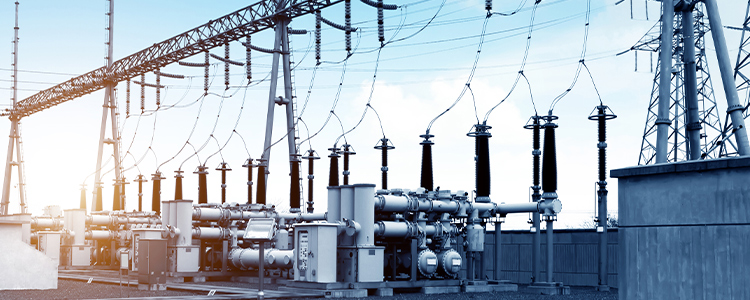- All
- Product Name
- Product Keyword
- Product Model
- Product Summary
- Product Description
- Multi Field Search



Views: 0 Author: Site Editor Publish Time: 2025-02-21 Origin: Site








Many design more than ten years of engineers only know breaker and protection only take one, don't know the circuit breaker and protect the principle of the difference, the actual circuit breaker and protection each has its characteristics and applicable scenarios, cannot simply say which is better, personal contact project breaker jump more practical application.

1. Principle and Logic Comparison
Circuit Breaker Anti-jump:
Whether after manual or electric closing, it is realized through the anti-jump relay inside the circuit breaker. Generally, the KO relay and the breaker normally open contact are connected in series with the closing circuit, and then the normally closed contact of the KO relay is realized in series with the closing coil. When the circuit breaker closed, if the closing signal has not disappeared and the line fault leads to the breaker trip, with the KO relay, the KO relay, the closing circuit power off, to prevent the breaker closed again, until the closing pulse disappeared, the relay KO will return.
Protection Against Jumping:
When there is a continuous closing signal, the circuit breaker, the TBJ current coil act, the TBJ contact beside the HBJ coil is often closed and often closed, the closing circuit is cut off, the TBJ contact next to the TBJ voltage coil is often opened and often closed, the continuous closing signal starts the TBJ voltage coil and keeps itself by the TBJ contact. THE closed circuit keeps the circuit breaker from being closed again until the continuous closing signal disappears and the TBJ pressure loss is restored.

2. Advantages and Disadvantages of Circuit Breaker Jump Prevention
2.1 Advantages
High Reliability:
The anti-jump relay is installed in the circuit breaker mechanism box, which is directly related to the operating mechanism of the circuit breaker. The action response speed is fast, and the possibility of electromagnetic interference is small, so the anti-jump control of the circuit breaker is more direct and reliable.
Simple Mechanism, A Wide Range of Application:
The circuit breaker anti-jump mechanism is simple, easy to realize and maintain, and no matter from the perspective of the coverage between the protected areas or the local and remote operation, the circuit breaker can effectively play a role, and the anti-jump protection is more comprehensive.
2.2 Disadvantages
Poor Operating Environment:
The environment in the circuit breaker mechanism box may be relatively poor, with factors such as vibration, temperature change and humidity, which may affect the performance and service life of the anti-jump relay, which requires regular maintenance and inspection.
Easy to Form The Parasitic Circuits:
If the breaker anti-jump circuit is complicated with other circuits (such as jump monitoring loop, etc.), if the design or wiring is not appropriate, it is easy to form a parasitic circuit, resulting in abnormal control circuit of the breaker, and affecting the normal operation of the breaker.
Single Function:
The main function of the circuit breaker anti-jump is to prevent the circuit breaker from jumping, which is relatively independent of other protection functions of the protection device and cannot form coordination with other functions of the protection device.

3. Advantages and Disadvantages of Protecting Protection
3.1 Advantages
High Integration Degree of The Protection Function:
The protection and anti-jump function is integrated in the protection device, and it cooperates with the other protection functions of the protection device to form a complete protection system. In the case of the power system failure, the fault can quickly and accurately judge and carry out the corresponding protection action, and realize the anti-jump function, which improves the reliability and sensitivity of the protection.
Easy for Maintenance and Management:
The protection device can be installed in a group screen, when the operating environment is relatively good, and the maintenance and management is more convenient. The staff can, through the monitoring and alarm function of the protection device, timely find out whether the anti-jump function is working normally, and whether there are other abnormal conditions.
3.2 Disadvantages
Limited Protection Scope:
The anti-hop protection mainly protects the front end part of the closing loop between the protection device and the circuit breaker operating mechanism. If there is a positive electric fault in the closing circuit between the operating mechanism and the closing coil of the circuit breaker, the anti-hop protection function may not play a role.
Commissioning and Troubleshooting Are Complex:
Due to the close combination of the protection and anti-jump function and other functions of the protection device, the overall logic and loop of the protection device need to be analyzed during debugging and troubleshooting, which increases the difficulty of debugging and troubleshooting.
To say so much, the choice of users in practical applications is more based on the advantages and disadvantages and the user's past experience.